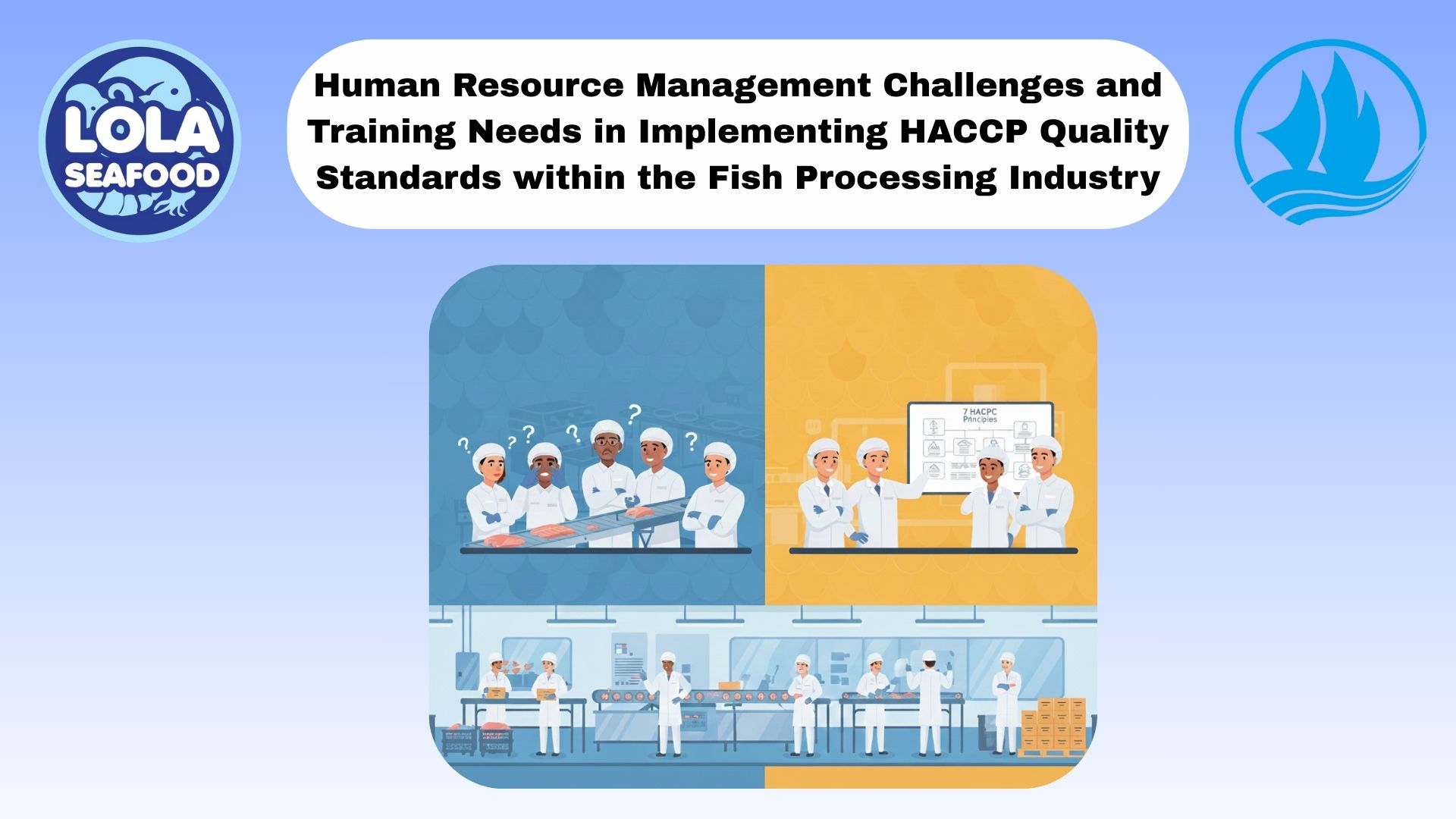Hedonic Testing for Processed Fishery Products: Measuring Consumer Acceptance
By. Puji Widyastuti - 19 Sep 2025.jpg)
Kelolalaut.com Producing safe and high-quality products is not enough—success also depends on whether consumers actually enjoy eating them in the competitive seafood industry. One of the most effective ways to measure consumer preference is through hedonic testing, a sensory evaluation method designed to assess the level of liking for a product. For processed fishery products such as fish fillets, surimi, shrimp nuggets, or canned tuna, hedonic testing provides valuable insights that guide product development, quality improvement, and marketing strategies.
Understanding Hedonic Testing
Hedonic testing is a type of sensory evaluation that measures consumers’ emotional response to a product—specifically, how much they like or dislike it. Unlike analytical sensory tests that focus on objective attributes such as texture or color, hedonic tests are subjective and rely on the opinions of untrained panelists, often representing the target market. Typically, participants rate the product on a scale—commonly a 9-point hedonic scale ranging from “dislike extremely” to “like extremely.” This scale allows researchers to quantify preference and compare multiple product samples.
Importance of Hedonic Testing in Seafood Processing
Seafood processors face unique challenges: different species, seasonal variations, and diverse processing methods can all affect product characteristics. Hedonic testing helps ensure that products meet consumer expectations for taste, aroma, texture, and appearance.
Key reasons why hedonic testing is important include:
- Product Development – New recipes, coatings, or flavorings for fishery products can be tested to see which versions consumers prefer.
- Quality Control – Regular sensory checks ensure that products maintain consistent quality over time.
- Market Research – Hedonic results can reveal consumer preferences in different regions or demographic groups, helping guide marketing strategies.
- Benchmarking – Comparing a company’s products with competitors’ products can identify strengths and areas for improvement.
Conducting Hedonic Tests
A well-designed hedonic test follows several key steps:
- Sample Preparation: Processed fishery products must be prepared under controlled and standardized conditions to avoid bias. Cooking methods, serving temperatures, and portion sizes should be consistent.
- Panel Selection: A group of untrained panelists, typically ranging from 30 to 100 individuals, is selected to represent the target consumer base.
- Presentation and Evaluation: Samples are presented in random order, usually coded with numbers to avoid brand bias. Panelists taste each sample and rate their liking on a hedonic scale for attributes such as flavor, aroma, texture, and overall acceptability.
- Data Collection and Analysis: Ratings are compiled and analyzed statistically to determine which product has the highest acceptance. Analysis of variance (ANOVA) is often used to check for significant differences among samples.
- Interpretation and Action: Results are used to make decisions about product formulation, processing methods, or whether to launch a new product into the market.
Factors Affecting Hedonic Results
Several factors can influence the outcome of hedonic testing:
- Freshness and Quality of Raw Materials – Poor-quality raw fish can negatively impact taste and smell.
- Processing Techniques – Overcooking, improper freezing, or inadequate seasoning can affect consumer preference.
- Cultural and Regional Differences – Consumers from different regions may have different expectations regarding flavor intensity, spice levels, or texture.
- Environmental Conditions – Lighting, noise, and even room temperature during the test can influence perception.
Benefits for Seafood Processors
By conducting hedonic testing, seafood processors gain a direct line to consumer feedback. This helps reduce the risk of launching unpopular products and ensures that the final product is aligned with market demand. Additionally, hedonic testing supports continuous improvement efforts, as processors can track changes in consumer preferences over time and adjust formulations accordingly.
Hedonic testing is a powerful tool for seafood processors seeking to create products that consumers genuinely enjoy. By systematically collecting and analyzing consumer preferences, companies can make informed decisions that improve product quality, strengthen brand loyalty, and increase market success. In a global seafood market where competition is intense, understanding what consumers like—and why—is key to staying ahead.
If youre interested in our Corvina / Croaker / Jewfish Whole Round / Whole Gilled Gutted Scale , Corvina / Croaker / Jewfish Fillet Skin On and Corvina Fillet Skin Patch please do not hesitate to contact us through email and/or Whatsapp

Optimizing Wild-Caught Fish Logistics: Maintaining Thermal Core Integrity During Long-Haul Transport
.jpg)
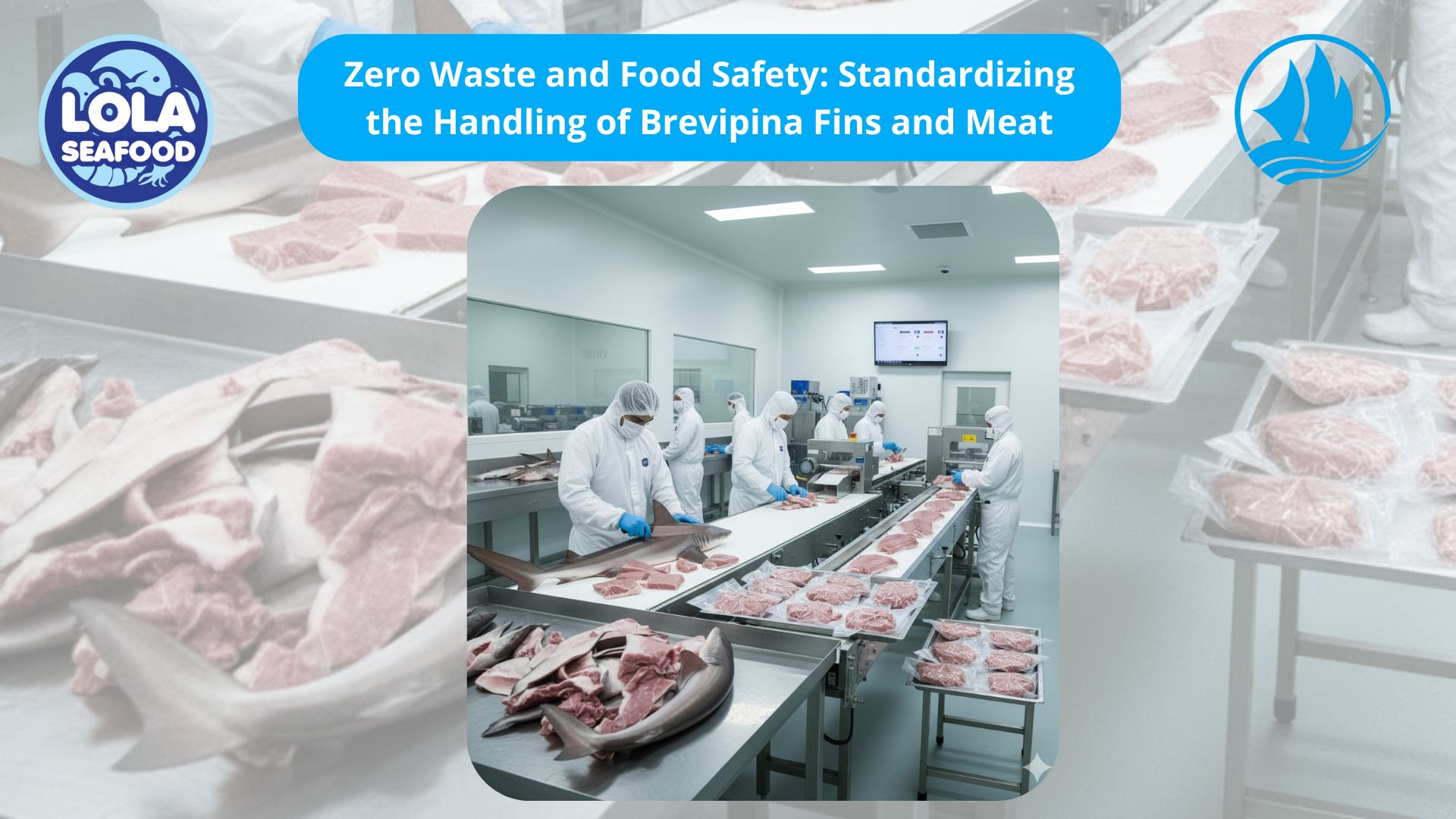
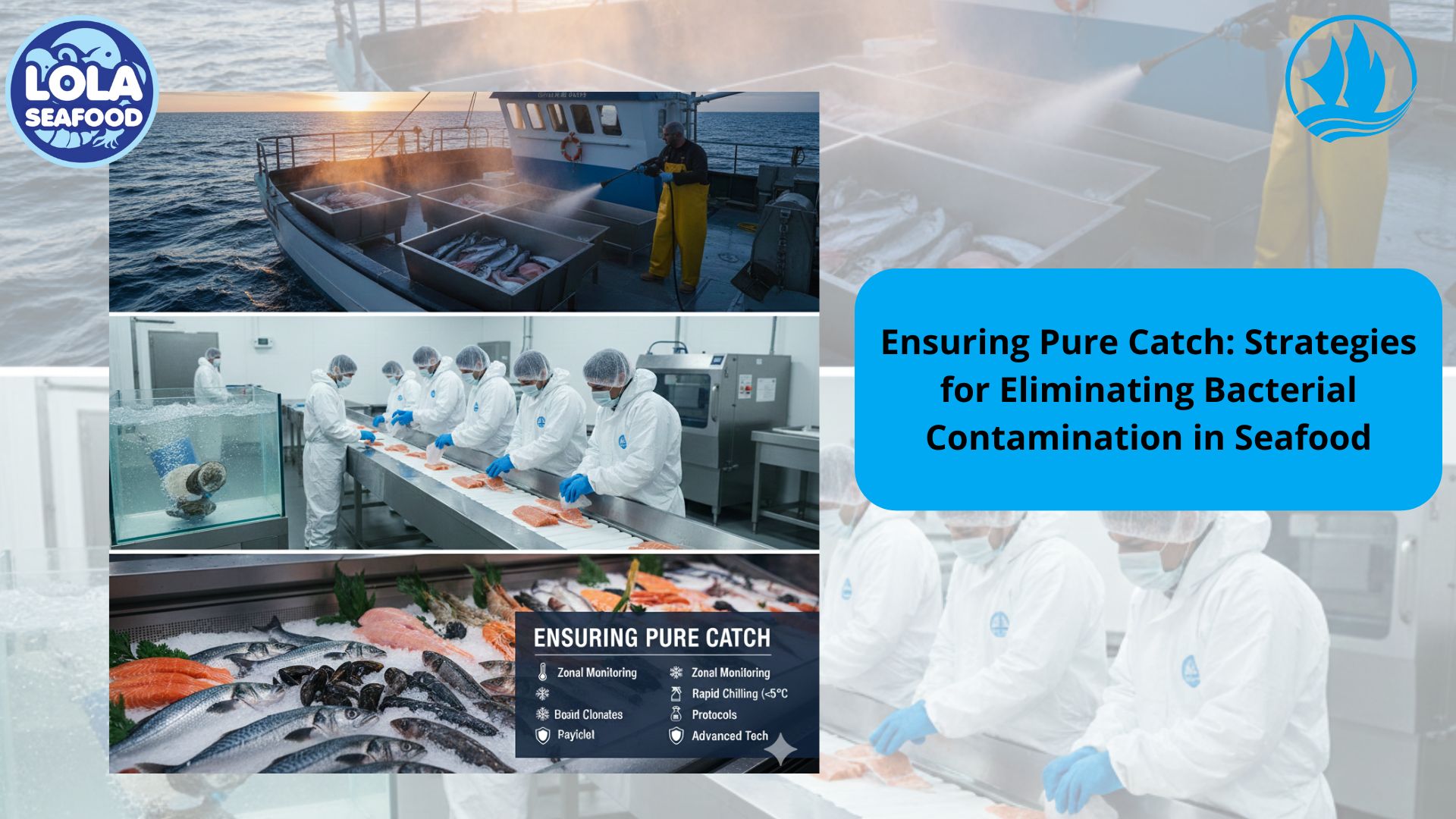
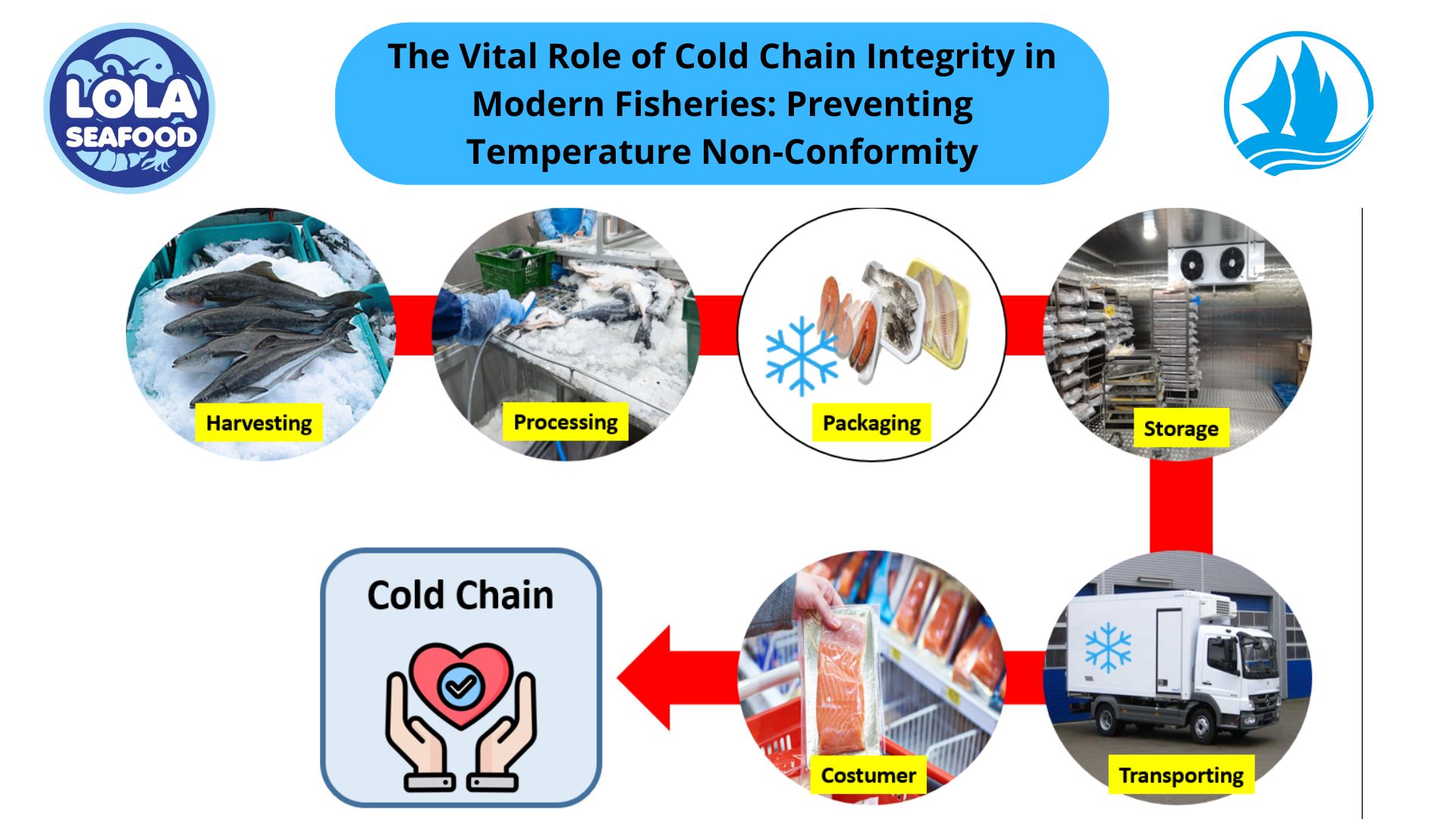
.jpg)
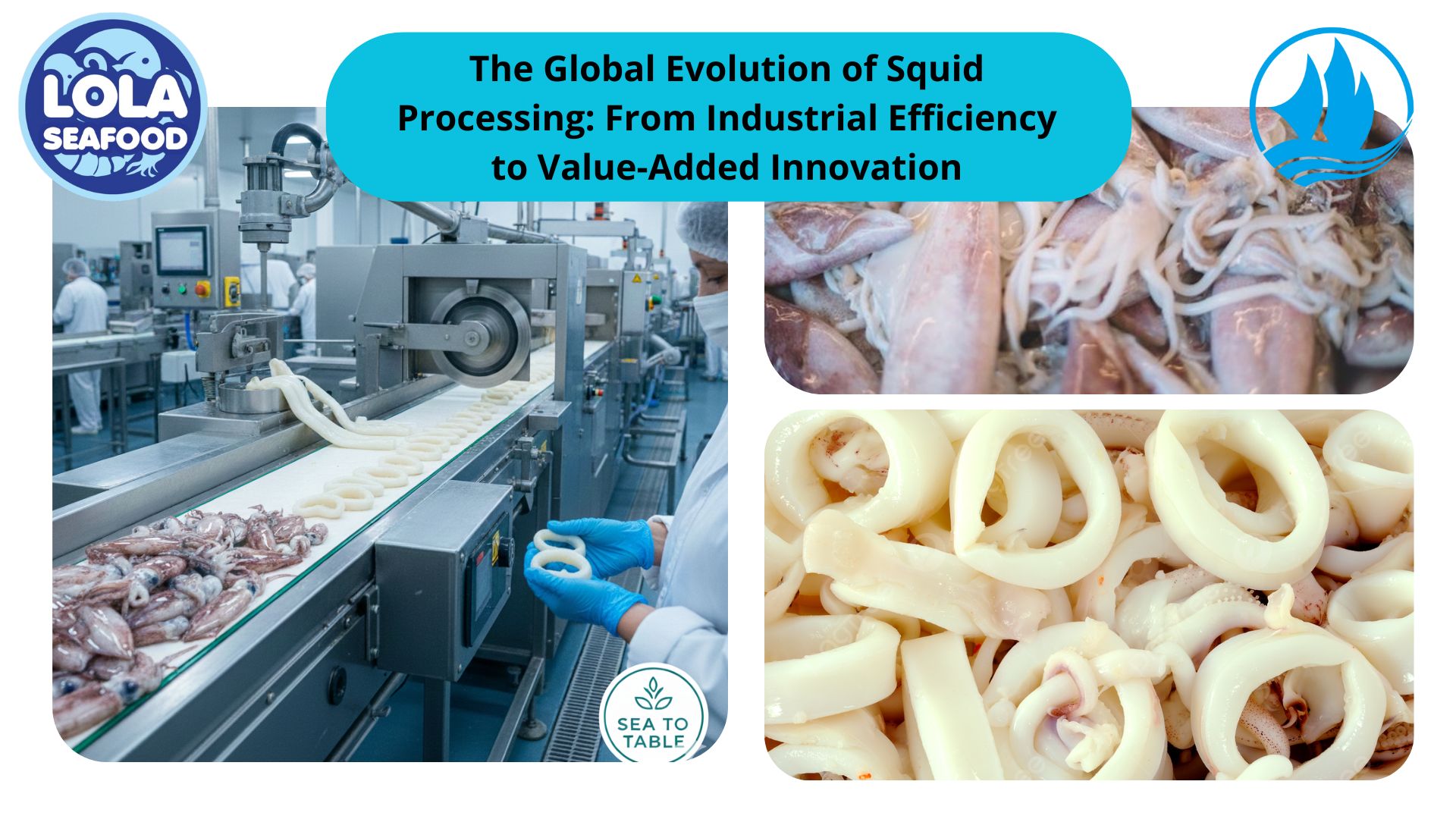
 and Employee Productivity on the Demersal Fish Processing Floor.jpg)
